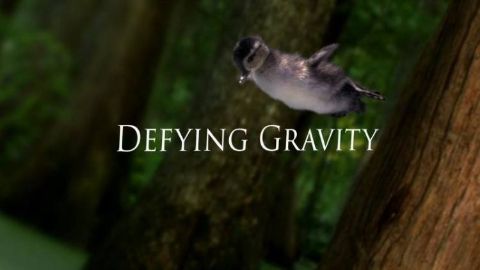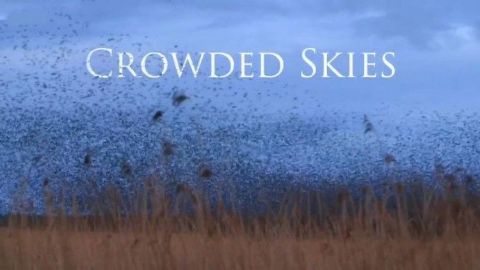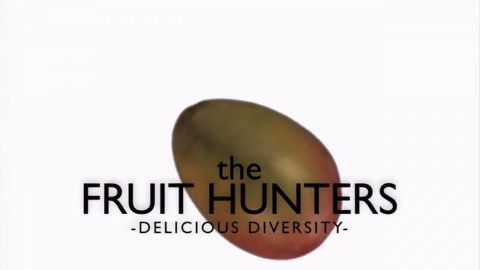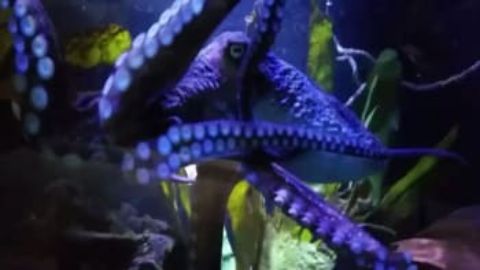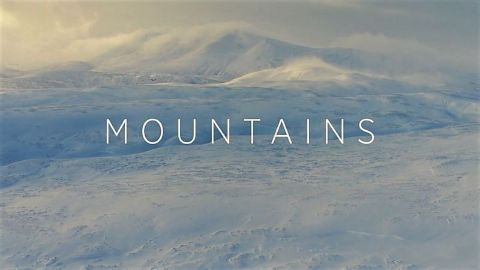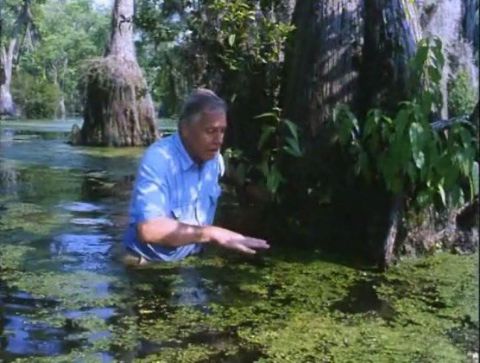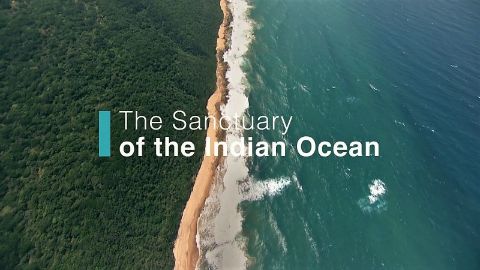Masters of the Sky • 2016 • episode "S1E2" • Life in the Air
With the help of some surprising creatures from around the world, this series sets out to discover how animals take to the air, defying the force all airborne animals must conquer, gravity. Part 2: Masters of the Sky This episode looks at powered flight, revealing why peregrine falcons can top 200 miles an hour, how a hummingbird is a slave to its own rather manic lifestyle and that the albatross's secret to flying for free is its nose. Heavyweight beetles break the rules to find love, a devious sparrow-hawk uses agility to execute a lightning-fast raid on his prey and half a million mother bats dominate the sky above, and below, the ground with a dazzling display of aerial prowess.
Make a donation
Buy a brother a hot coffee? Or a cold beer?
Hope you're finding these documentaries fascinating and eye-opening. It's just me, working hard behind the scenes to bring you this enriching content.
Running and maintaining a website like this takes time and resources. That's why I'm reaching out to you. If you appreciate what I do and would like to support my efforts, would you consider "buying me a coffee"?
Donation addresses
BTC: bc1q8ldskxh4x9qnddhcrgcun8rtvddeldm2a07r2v
ETH: 0x5CCAAA1afc5c5D814129d99277dDb5A979672116
With your donation through , you can show your appreciation and help me keep this project going. Every contribution, no matter how small, makes a significant impact. It goes directly towards covering server costs.
